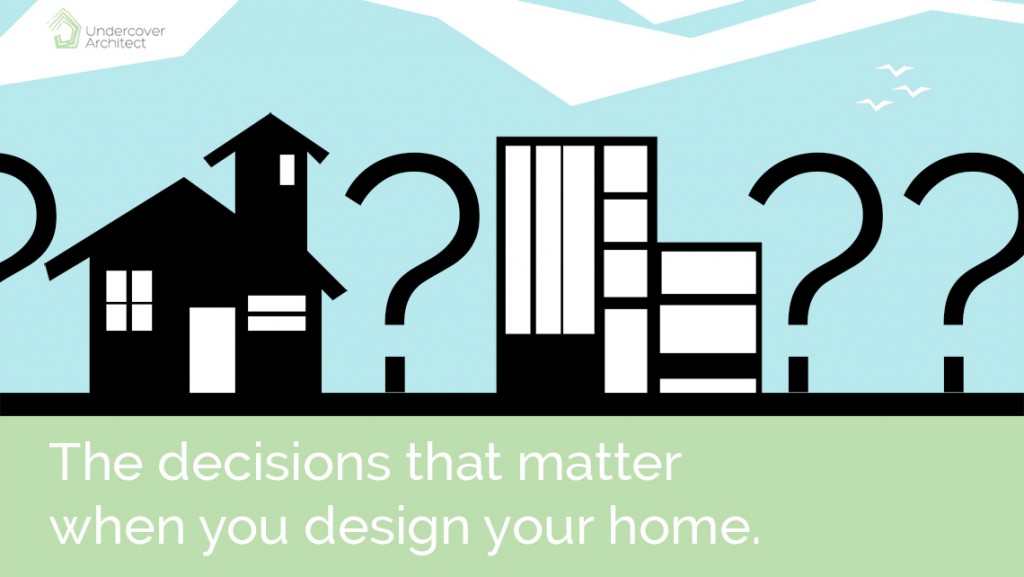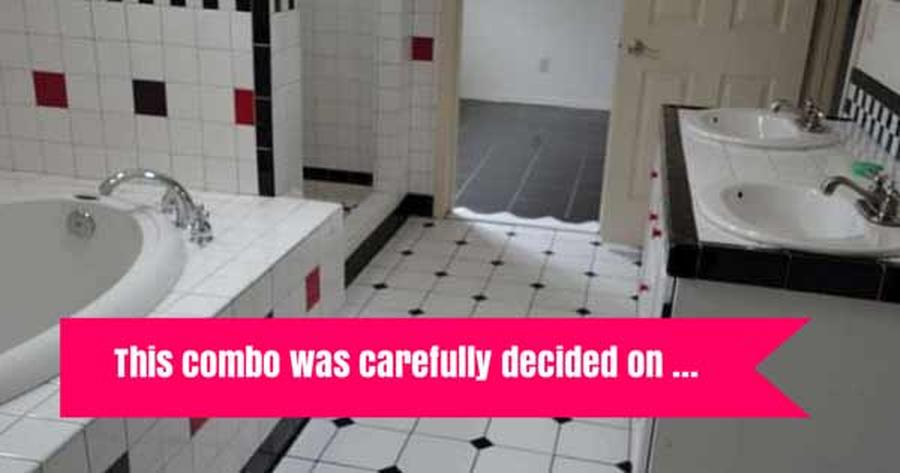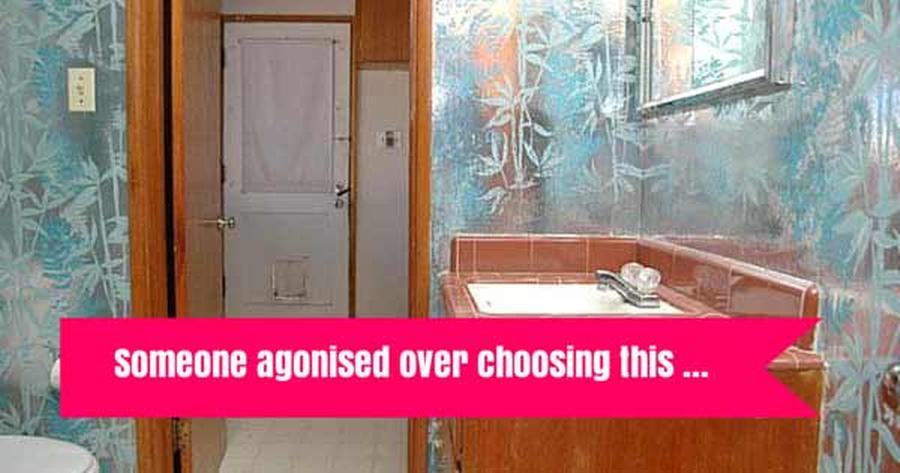
What really matters when you’re designing a home? And how do you know what to pay attention to? Read more here …
I recently received a beautiful testimonial from some clients I have LOVED working with – Michael Wade and Avril Huddy. This is what they kindly had to say:
“The best decision we made in renovating and extending our home was to engage Amelia as our architect.
She listened, made sure she understood us and our needs and applied her talents and experience in a very professional but friendly way. She brought to the design of our home her clever and thoughtful approach which built on the ideas we already had, but made them so much better than we had thought was possible.
As a result our house suits our family and our lives perfectly. There is nothing about the design which we would change or that we have ever thought could have been done better. The decisions made in the design mean our house is light, comfortable and private every day; design features that are extremely important for our quality of life and highly desirable for inner city living.
Of all the many decisions you make in building, the design decisions are the ones you must continue to live with long beyond choosing a tap or tiles.
Amelia’s honest, calm, thoughtful professionalism made her a pleasure to deal with and a welcome ally. We would gladly use Amelia again and have recommended her without reservation to many friends.”
It’s always amazing to receive feedback like this, because helping someone create their own home is a privilege, and the success of how things turn out largely depends on the relationship my clients and I create – and an enormous amount of mutual trust and respect.
The main thing that jumped out of this testimonial for me though was this sentence …
“Of all the many decisions you make in building, the design decisions are the ones you must continue to live with long beyond choosing a tap or tiles.”
I could not have said it better myself.
So how do you prioritise design decisions?
Well – you’ve made a decision to design your new, or newly renovated, home. You could be buying, building or renovating … and it could be your first home, your investment home, a home to flip or your forever home. Regardless, we’re talking about a lot of money, and the stakes are high – this is your home we’re talking about!
There will be a LOT of decisions. Overwhelmingly so. Truckloads that will go on and on, and the necessity of your involvement in these decisions will vary depending on the method you have chosen to obtain your new home (ie build, buy, renovate – how and who you have in your team), and also how much YOU WANT TO BE involved.

If I can offer anything at this point ….
Get involved in the decisions that matter. NOT just the ones you feel you have the ability to make. (Scarey huh?)
Time and time again, I have seen home-owners get very caught up in the details – what tiles they will have, the carpet, the paint colours. They do this with enormous care, consideration and intention, often researching and deliberating very intensely – reviewing online, visiting suppliers, meeting with professionals, speaking to experts.
And meanwhile, these same home-owners give comparatively very little attention on the house design itself. The planning and arrangement of spaces, the quality of light, the assets and orientation of their land, the volume and the way in which it is designed and detailed.
In my experience, it often comes down to what the home-owners believe are the decisions they can manage, understand and handle relatively easily. Most people can hold a tile in their hands and decide whether they like it or not. You can look at carpet and even stand on samples, see the price, talk to the salesperson and then make a decision about which one you prefer. Whilst there is a lot of carpet to choose from, you can read and research and ask some advice and work within your budget, to set some parameters about what you’re looking for, and then go about finding it – by speaking to experts and checking things out yourself.
However, the parts of a house that actually impact the way you get to live in it … and ultimately feel in it … can be much more challenging for home-owners to understand and make decisions about. In my experience, most people know it when they see it – which is why a tile sample can generate a decision – however it’s not so straight-forward when you’re thinking about the planning, form and volume of your home.
You know the secret to understanding and making the not-so-straight-forward decisions?
Get involved. Learn, read, research, understand what design is and how can make your life better. Ask questions. Study it the same way you will your tile selection. Get involved in the stuff that will matter and impact how you get to live and feel in YOUR home. Care about it. If you care, you will do things intentionally, with consideration, courage and understanding of their impact and influence in the quality of your life.
Care about the space and the light, and how you want to and will get to live and feel. I cannot be more emphatic here. JUST.GET.INVOLVED. This is your house, and caring enough to get involved, will be the only way you can create a home.

Let me demystify it for you. Yes, an expert professional can expand your horizons, uncover options and alternatives and ways of thinking that you weren’t aware of. You know why – it’s called practise.
Honestly, how many times in your life will you design a house? Once, maybe two or even three times? An architect specialising in residential homes will design houses EVERY DAY. Yes, there’s skill and talent involved, however there’s also a WHOLE lot of practice.
I’m not here to push you to use an architect – only you will know if that’s the path you want to take to creating your home. However, I am imploring you, begging you, to care about what you’re creating – not just what you’re covering the surfaces in.
A Place of Houses, a book which was written by three American architects (Moore, Allen and Lyndon) in 1974, put it beautifully:
“Good taste, we are told, is a singularly important factor in the design of a house. We are usually told this by someone who is assumed to possess it, and who generally makes a considerable point of the rest of the assumption: that there are people who don’t have it, that that includes you, and that you will have to pay dearly to be suitably worked over. We submit that all of this is arrant nonsense … anyone who cares enough can create a house of great worth. If you care enough you just do it. You bind the goods and trappings of your life together with your dreams to make a place that is uniquely your own.
This is not at all to minimise the importance of expertise, only to discredit its mysteries. Certainly, expertise does inform choice. If you care about snuff boxes, brass hinges or Chippendale chairs, you will soon develop a capacity for distinguishing the real from the fake, the superior from the ordinary. You have no need to be told whether your taste is good or not. If you are moved by the light from a particular window, or by the shape of the opening, you will learn to note its dimensions and orientation and compare them with others. You become expert by caring and working, not by receipt of any gift from on high.”
What I know changes –
The trends and technology of fitout and finishes:
Your aesthetic taste will change.
What you like and don’t like will change.
The paint will chip.
The taps will need replacing.
The carpet will wear.
The colours will go out of fashion.
Technology will change the light fittings, the oven the cooktop, the dishwasher.
… to name a few.
What I know doesn’t change –
The fundamentals of how YOU live in your home:
You need spaces to come together and to be apart.
You need warmth in winter and cool in summer.
You need to feel cosy and intimate in private areas.
You need to feel more expansive and generous in shared areas.
You need to have comfort, safety, security, sanctuary.
You need connection with outdoors, light and views.
You need the sense of belonging and joy that comes with their home.
Investing all your efforts into making decisions about what DOES change may mean the surfaces you live around and touch look and feel nice and are to your taste at the time you choose them.
But choosing to prioritise decisions about what DOESN’T change – well, that actually impacts the way you get to live and feel in your home.
What seems more important to you?

 With over 30 years industry experience, Amelia Lee founded Undercover Architect in 2014 as an award-winning online resource to help and teach you how to get it right when designing, building or renovating your home. You are the key to unlocking what’s possible for your home. Undercover Architect is your secret ally
With over 30 years industry experience, Amelia Lee founded Undercover Architect in 2014 as an award-winning online resource to help and teach you how to get it right when designing, building or renovating your home. You are the key to unlocking what’s possible for your home. Undercover Architect is your secret ally
Well said, it costs as much to do poor design as good design. thankyou
It definitely does Sharon – thanks for your comment,
– Amelia, UA